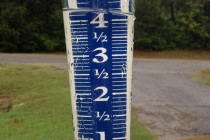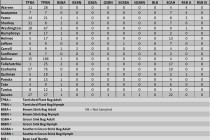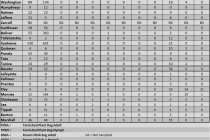Delta Ag. Expo and On Target Application Academy
The 40th Annual Delta Ag Expo will be held January 16-17, 2013 at the Bolivar County Exposition Center in Cleveland, MS. There will be several Mississippi State University Researchers and Extension Specialist’s on hand to answer any questions you may





